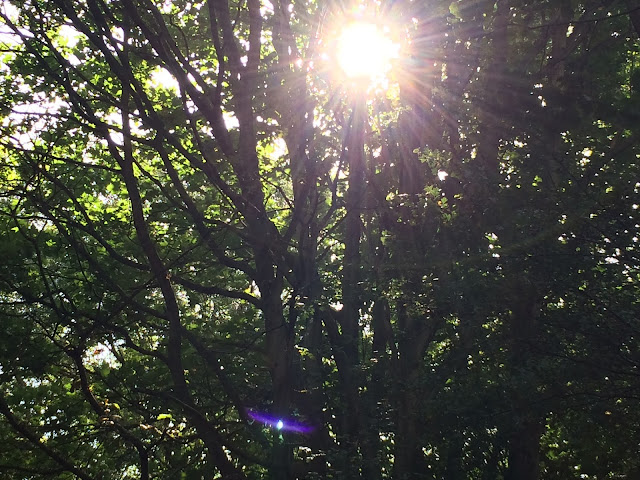I know it's cliche, but the time really has flown by. It feels like only last week I moved to Hertfordshire to embark on my PGCE journey, and now it's mid-December, with only one week left of school before our 2 week Christmas break!
Thankfully, I still absolutely adore my placement school, and consider myself to be one of the lucky ones that doesn't have a bad thing to say about the school, my mentor, the class, or the staff. In fact, I'd quite like it if time slowed down so that I could spend more time there instead of having to leave in February!
Last week, I had my first lesson observation. I'd only taken the whole class one time before that - a very impromptu moment when my mentor got called out of the classroom with nobody else to cover her!
The lesson I chose to be observed on was English, where we did a Big Write lesson. I based my idea on the John Lewis Christmas advert, and had the children write a letter to the Man on the Moon.
I began by showing them the video, and pausing it on the man's face, asking them to tell me how they think he is feeling. "Upset, sad, lonely" were some of the frequent answers. They suggested that he would be happier if he had a friend on the moon, or even if he went back down to Earth.
I created a model letter for the class to look at, and asked them to point out some of the key components of a letter, such as the address, "to" or "dear", "from", and a paragraph layout. Once they were comfortable with the idea of writing, I set them off to write their own letters, providing my LA's with a template that they could use.
I was so impressed with how well they got on - they all produced some really lovely, touching letters, inviting the man to come and celebrate Christmas with them.
My mentor had really positive feedback for me, too, with only a few improvements, such as my transitions from the carpet to the tables, and my plenary. But overall, as a first lesson planned and delivered by myself, I couldn't be happier with how it went!
This whole school experience has cemented the fact that I've chosen the right career path, and I just can't wait to have a class of my own!




















































